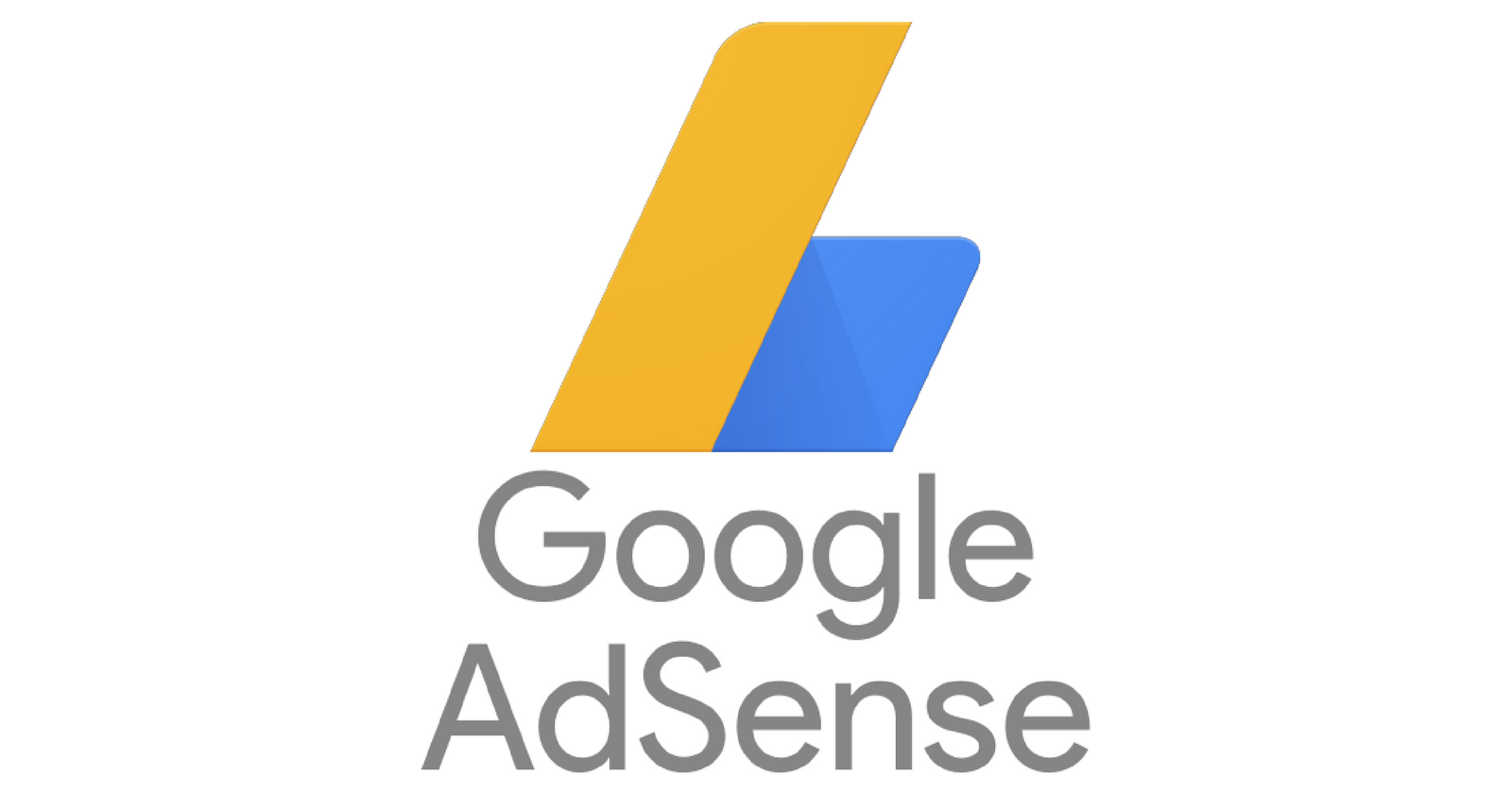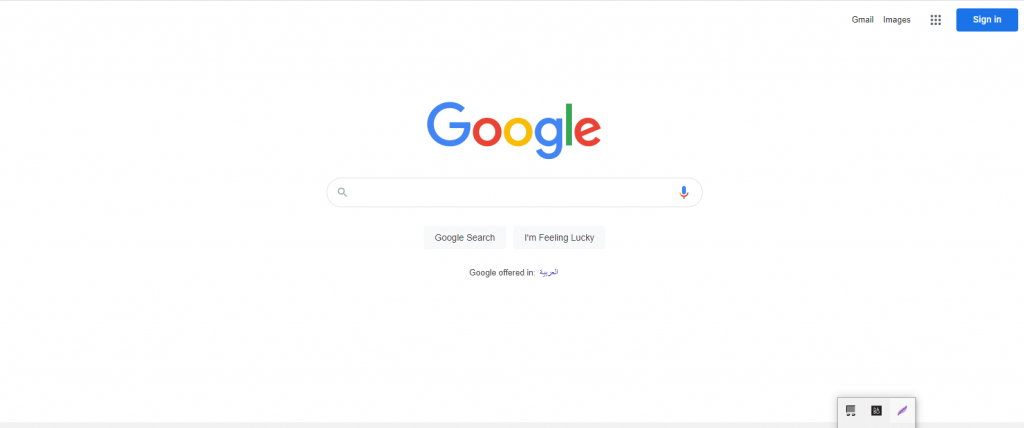WHAT IS SHOPIFY AND HOW TO WORK TO EARN MONEY?

What is Shopify? You have probably seen a video on YouTube about how to open an online store on Shopify. Or maybe you have a friend who talks about Shopify and you’re too embarrassed to ask. Well, then we are going to share with you what Shopify is, its advantages and disadvantages, what it offers you, and much more. So let’s get started!

What is Shopify?
Shopify is an eCommerce platform that you can use to build your store online or even if you have a physical store. Bloggers use WordPress. Online stores use Shopify since you can buy on Shopify. Shopify allows you to sell both online with your own website and/or in-person with Shopify POS. So Shopify is an eCommerce website builder with options for everyone from beginners to eCommerce experts.
You can sign up for a 14-day free trial of Shopify to try it out for yourself. During your trial, you can create your own online store, try free Shopify apps, and even make your first sale. Shopify pricing starts at $9 per month if you use the Lite plan. However, most online stores start with Shopify’s basic $29/month plan. If you already have experience running a business, you can opt for Shopify Advanced or Shopify Plus depending on your business needs.https://www.youtube.com/embed/-N0x3zfpPQ8?feature=emb_title&v=-N0x3zfpPQ8
What is ShopifyPlus?
Shopify Plus is Shopify’s enterprise e-commerce platform focused on large companies looking to grow their business. It offers advanced features such as specific reports about your business, specialized customer service, guidance to handle high volumes of orders, and much more.
What is Shopify Lite?
Shopify Lite is an affordable plan that allows you to sell products on an existing website. If you have a website that isn’t hosted by Shopify, you can sell using the “buy button” even without Shopify hosting. You can also sell on Facebook, use Messenger chats, sell online or offline, and send invoices with the $9/month plan.
What is Shopify POS?
Shopify POS (Point of Sale) is an app that allows you to sell products offline. You can sell products in your physical store, at trade shows, pop-up stores, or other in-person events using Shopify POS. You can accept payments with your iPhone, iPad, or Android using the POS app.
Advantages of Shopify
How to use Shopify? Using Shopify has many advantages, including:
1. Shopify Detailed Manager
On the back end of your online store, you’ll find a wide range of reports and features to help you understand how your Shopify store is performing. You can see the number of orders with one click. You can find the best-performing product pages. You can even see in real-time where your website visitors are in the funnel. My Shopify is a comprehensive tool for online stores that allows you to gain a deep understanding of all the details of your online store.
2. Free Features
When you build a website you must pay for a theme (which is the look and feel of your website). Shopify, on the other hand, offers you a free theme that is automatically uploaded to your online store, which you can customize however you want. This is perfect for beginners who want to test how the Shopify platform works and see what their chances of success are. With Shopify, you have the freedom to customize your website to fit your brand’s style. You can choose free fonts (already installed in your online store), change the color scheme, add your own photos, etc. There are also thousands of stock photosTaken by Shopify photographers with eCommerce themes to choose from. You can find them in the “free images” section of your theme.
3. Shopify is in the cloud
When I switched from WooCommerce to Shopify , the biggest advantage was that my website would be in the cloud instead of on a server. Anyone who has paid for a server knows very well that it fails at the worst times, and makes you lose a lot of money due to downtime. Servers often go down during Black Friday or at big events. And if you share a server (which is what most new entrepreneurs can afford), the other websites probably won’t be very popular. Being in the cloud, the chances of your website down are slim, so you can easily run your business. Plus, the cost is included in your subscription, so it’s one less thing to worry about.
4. There is a plan for everyone
Let’s be honest, there are costs associated with running a business. You’ll need to pay for the products, the marketing costs, and of course Shopify. But Shopify has a pricing plan for everyone. If you’re on a tight budget, you can pay for Shopify Lite for just $9 per month. If you’re looking for a more upscale service, you can use Shopify Plus. You can also increase your plan as your business grows. And you can see Shopify reviews from other customers like you.
5. Tons of apps
How to buy on Shopify? There is literally an app for just about everything on the Shopify App Store . You’ll find countdown timers, background image removers, product sourcing apps, and much more. While you will find many apps that come at a cost, there are also plenty of free apps in the store. And there is no need to add an app to your website. But if you’re looking to add products to your store, check out the DSers app (the starter plan is free and includes up to 3,000 products in your store).
6. Tons of support
Shopify wants you to be successful on its platform. That’s why they have their own blog where eCommerce experts share their best tactics. That’s why they created Shopify Academy, which has free eCommerce courses where you can learn at your own pace. And that’s why they have so many customer service representatives who will be happy to answer any questions you have. There are even Facebook groups created by Shopify users who want to help new online store owners succeed. The support ecosystem at Shopify is huge. There is always someone willing to help you grow.
7. Easy access
Anyone can start a Shopify store. It will not be easy. But it is much easier than if you wanted to start an online business 20 years ago. Did you know that people had to send checks to Amazon in its early days? Yes, those days are over. And the truth is, as time goes by, it will get even easier to build an online business. The barrier to entry for new entrepreneurs will be even more accessible.
Disadvantages of Shopify
1. There is a learning curve
When you build a Shopify store, what you’re really building is a business, not a passive income stream. And starting a business is not necessarily an easy thing to do. Figuring out how to use Shopify and build a profitable store takes months of experimentation. It may take some time to figure out where each section of your store is located in the admin. But more than anything, Shopify is intuitive. You just need some practice.
2. Shopify alone will not guarantee your success
Shopify has a lot of great features and apps that make running an online store easier than building something from scratch. The problem is that it is up to you to make your store a success. You must have the right mindset that pushes you to learn. You must have the marketing skills to promote your business better than the competition. Your success is in your hands, not Shopify’s.
How does Shopify work?
Shopify is an e-commerce platform where you can host your online store. It helps you create the design and appearance of your store through different themes (which you can modify or change in the way you like). It also offers you payment processing, which allows you to accept and receive payments for the products you sell. Also, you can dropship with Shopify using the popular dropshipping app called DSers, where you can choose from millions of products that you can start selling instantly, without having to worry about inventories.
So how does Shopify work?
Well, first you need to login to Shopify, select the best Shopify theme for your online store, include products in it, and test your website to make sure that both desktop and mobile are ready for public view.
And, how to sell through Shopify? First, you have to promote your products. If you sell online, customers will visit your online store. You can see in real-time in Shopify admin whether a customer is adding a product to their cart or completing a purchase. If a customer buys from your store, Shopify will process the payment for you, and you’ll receive your payment. After payment has been made, you will be able to process the order so that your customer receives the product. You can access Shopify reports seeing who makes up your audience. Customers can be added to your email list when they become customers, allowing you to re-contact them to encourage more sales.
Finally, Shopify allows you to not only create an online store but also gives you insights about your customers so you can better understand your audience. With so many features, it’s basically the perfect tool for you to build a successful online store.
What can you sell on Shopify?
On Shopify, there are always new trending products that you can sell on the platform. You can sell anything from fashion to beauty to home and garden. Here are some popular products that you can sell on Shopify:
- Clothing
- Jewelry
- home accessories
- travel products
- Baby or maternity products
- bags and suitcases
- Sport products
- Beauty products
- Kitchen accessories
- pet products
- automotive products
- And many more!
However, Shopify also has some strict rules about what you can’t sell. If you sell restricted products like the ones on this list, you risk being banned from the platform:
- Certain firearms and their parts.
- Counterfeit or unauthorized products
- Certain gaming or betting products
- Products or services that are regulated
- Some adult products
- drug paraphernalia
- event tickets
- High-risk businesses such as bankruptcy attorneys, computer tech support, telecommunications equipment, etc.
- And more.
Basically, if it’s illegal or regulated, it’s probably not allowed to be sold on Shopify either.
How to grow your Shopify store?
You can grow your Shopify store in multiple ways. Here are some ideas to help you get started on Shopify:
- Create Ads – You can post ads on various platforms like Facebook, Google or any other social media. The best thing would be to choose the preferred platform of your audience. It is also important to choose a platform where the channeling options are extensive, so that it is easy for you to identify your ideal client. To date, Facebook and Google are the most popular platforms in terms of advertising. Although at the end of the day, you should choose the one that is best for your niche.
- Content Marketing – SEO is perfect for driving relevant traffic to your website. Almost all new online stores that are beginners do not use content marketing strategy on their websites. This is because new entrepreneurs often want to make a quick buck so they prefer to focus on ads. However, after months of spending on ads, they realize that their acquisition costs are too high. By doing content marketing, you can run retargeting ads to drive traffic to your blog, which has lower ad costs and higher conversion rates.
- Social Media – Before you make your online store public, you should have started building an audience. For example, opening an Instagram account a few weeks before launching your store will allow you to advertise to an audience early on. If you have an established audience, you will most likely be able to generate sales using the link in your bio or story.
Conclution
For you to really be able to answer the question, “What is Shopify?”, the best option is to create your own online store using this eCommerce platform and check it out for yourself. If you are looking to make money online, Shopify is the best platform for online stores. Take advantage of the free trial so you have a chance to try it out and see what it’s all about. Shopify seeks to optimize commerce for everyone, so it will most likely be the perfect platform for you.










